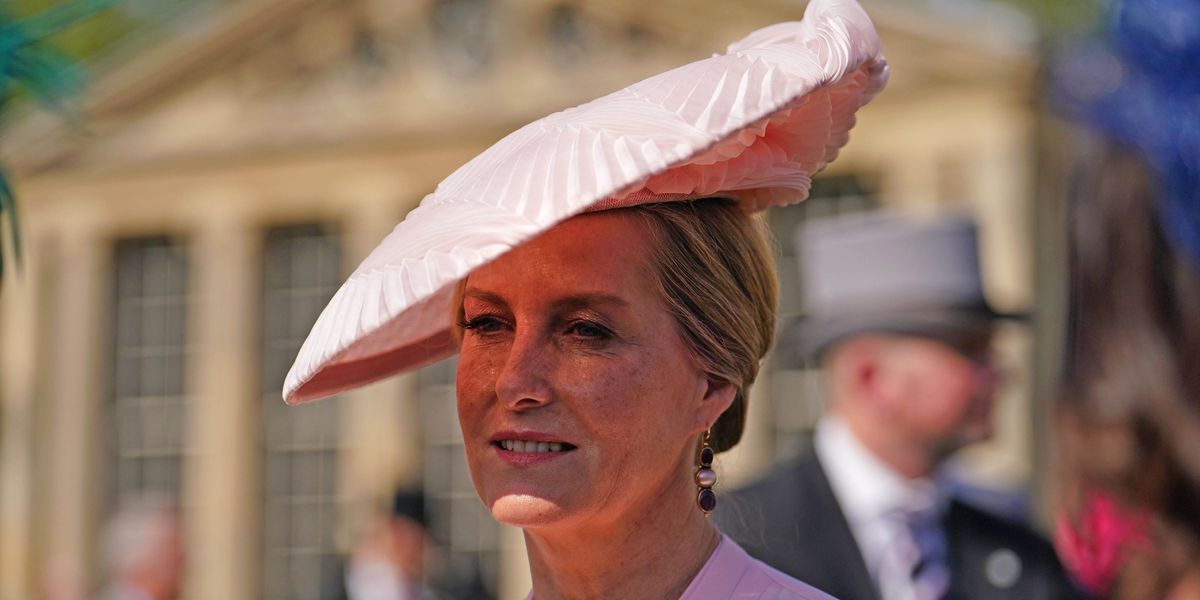Unlock the Editor’s Digest for free
Roula Khalaf, Editor of the FT, selects her favourite stories in this weekly newsletter.
The UK government is pausing its drive to raise the minimum wage, offering a respite to businesses after a period of rapid increases that has given Britain one of the highest wage floors in the rich world.
Next week’s annual increase in the National Living Wage will lift the hourly rate for adults by 9.8 per cent to £11.44, equivalent to two-thirds of median earnings — hitting a long-standing government target to end low pay according to the OECD’s definition.
The government said the changes would benefit about 3mn workers, adding that it was “very proud” of delivering on its commitment to end low hourly pay and that it wanted to “protect progress”.
On Wednesday it published a new remit for the Low Pay Commission, which advises ministers on where to set the NLW, asking it to keep the pay floor for workers aged 21 and above at two-thirds of median earnings in 2025, while monitoring the effect of recent changes.
The LPC said that, on its current central projection, this would mean raising the NLW by 3.9 per cent, or 45p, to £11.89 in April 2025.
It also asked the LPC to make recommendations on increasing rates for young workers and apprentices, aiming to set them “as high as possible without damaging the employment prospects of each group”.
The decision to hold the NLW steady as a share of average earnings will come as a relief to businesses, which have voiced alarm about the pace of recent increases against a backdrop of intense cost pressures and weak consumer demand.
Meanwhile Rain Newton-Smith, chief executive of the CBI business lobby group, said at an event on Wednesday that companies had increasingly felt forced to pass higher wage costs on in the form of price rises, or cut back on the investments needed to drive productivity.
She argued that the government’s priority should now be to raise productivity and living standards across the earnings distribution, saying: “We will have ended relative low pay . . . but with more people feeling low-paid than ever. That’s what happens when you focus on minimum wages without driving growth.”
The minimum wage was about 70 per cent higher in real terms than at its inception in 1998, the LPC said, while median hourly pay is no higher than at the onset of the global financial crisis in 2008-09.
The LPC believes there is little evidence that past increases in the minimum wage have either damaged jobs or fuelled inflation, which rose at an annual rate of 3.4 per cent in February.
LPC chair Baroness Philippa Stroud said the target to end low hourly pay had “boosted the incomes of low-paid workers in especially turbulent times” without damage to employment.
But the LPC said there was more uncertainty over the effect of the most recent increases. Moreover, higher hourly pay had not boosted household incomes to the same extent, because the policy of raising the NLW had been accompanied by big changes to the benefits system.
Other long-term advocates of a higher minimum wage also say the focus of policy should move to address other concerns around low-paid work.
The Resolution Foundation think-tank said in an analysis published on Wednesday that despite significant gains in hourly pay, “other areas . . . from the security and intensity of jobs, to the enforcement of legal rights and access to decent sick pay and maternity leave have plenty of room for improvement”.
Paul Nowak, general secretary of the Trades Union Congress, the umbrella body for the UK labour movement, said the minimum wage had proved a success despite “doomsday warnings” from employers at the outset.
He argued this should give the opposition Labour party confidence to ignore employer warnings of an “economic apocalypse” if its proposals to strengthen workers’ rights became law, and called for “a new political consensus on tackling the scourge of insecure work”.
The LPC also wants ministers to close the gap between the lower youth rates and main adult rate of the minimum wage, which has widened in recent years.
This was “large by historical and international standards” and seen as unfair by many stakeholders, it said, adding that there was scope to raise youth rates without damaging employment and potentially moving towards an adult rate beginning at 18.
MPs are also pushing the government to do more to support low earners getting back into work following sickness and injury, putting forward proposals that include removing the current eligibility limit for statutory sick pay.
The House of Commons work and pensions committee on Thursday said statutory sick pay was “failing in its primary purpose” of providing a safety net for workers.
The Department for Work and Pensions said statutory sick pay would increase 6.7 per cent to £116.75 a week from April and that the government was funding a number of measures to support those at risk of long-term unemployment.
The committee is calling for an effective 57 per cent increase in the rate of sick pay to a weekly £184.03, in line with that of statutory maternity pay.

William Turner is a seasoned U.K. correspondent with a deep understanding of domestic affairs. With a passion for British politics and culture, he provides insightful analysis and comprehensive coverage of events within the United Kingdom.








